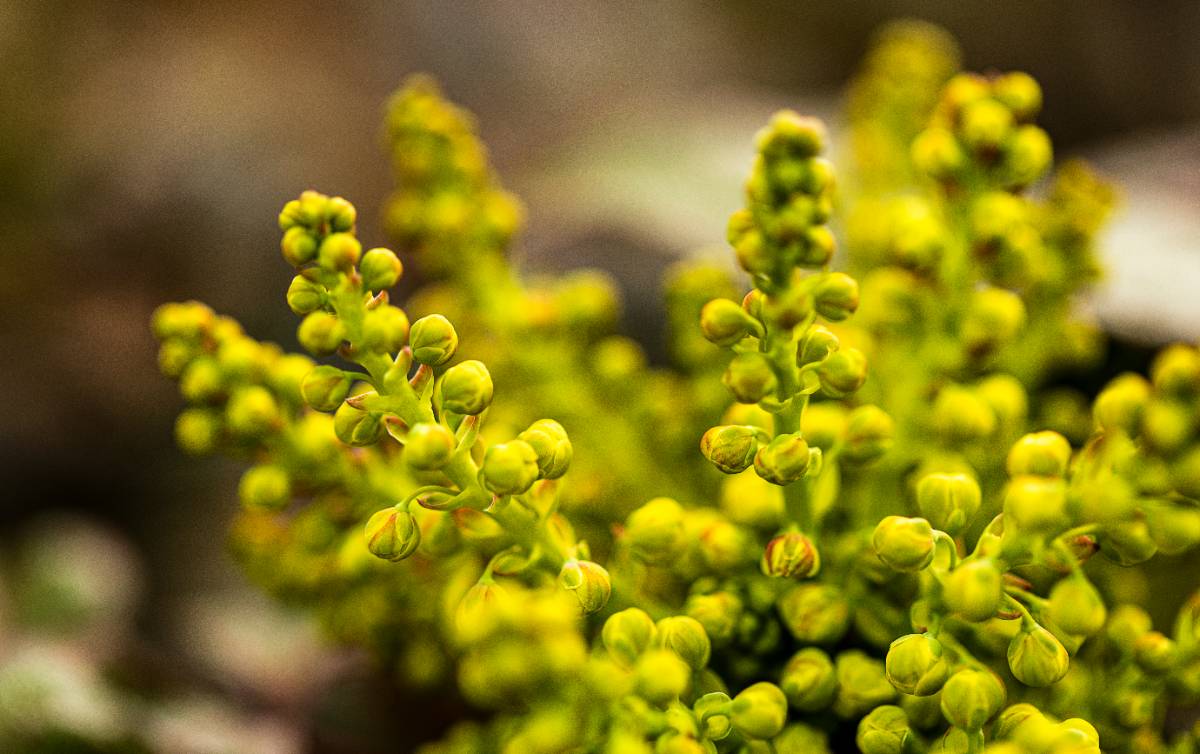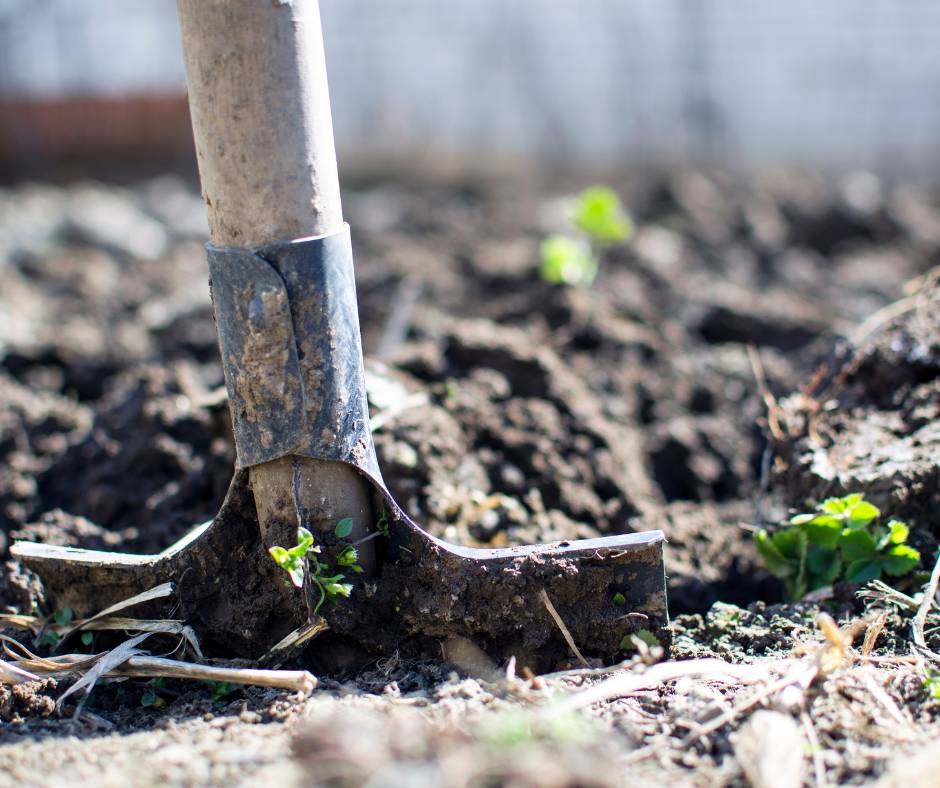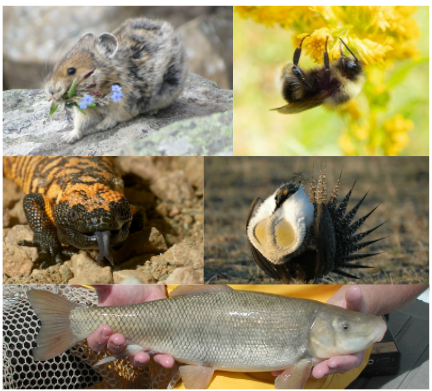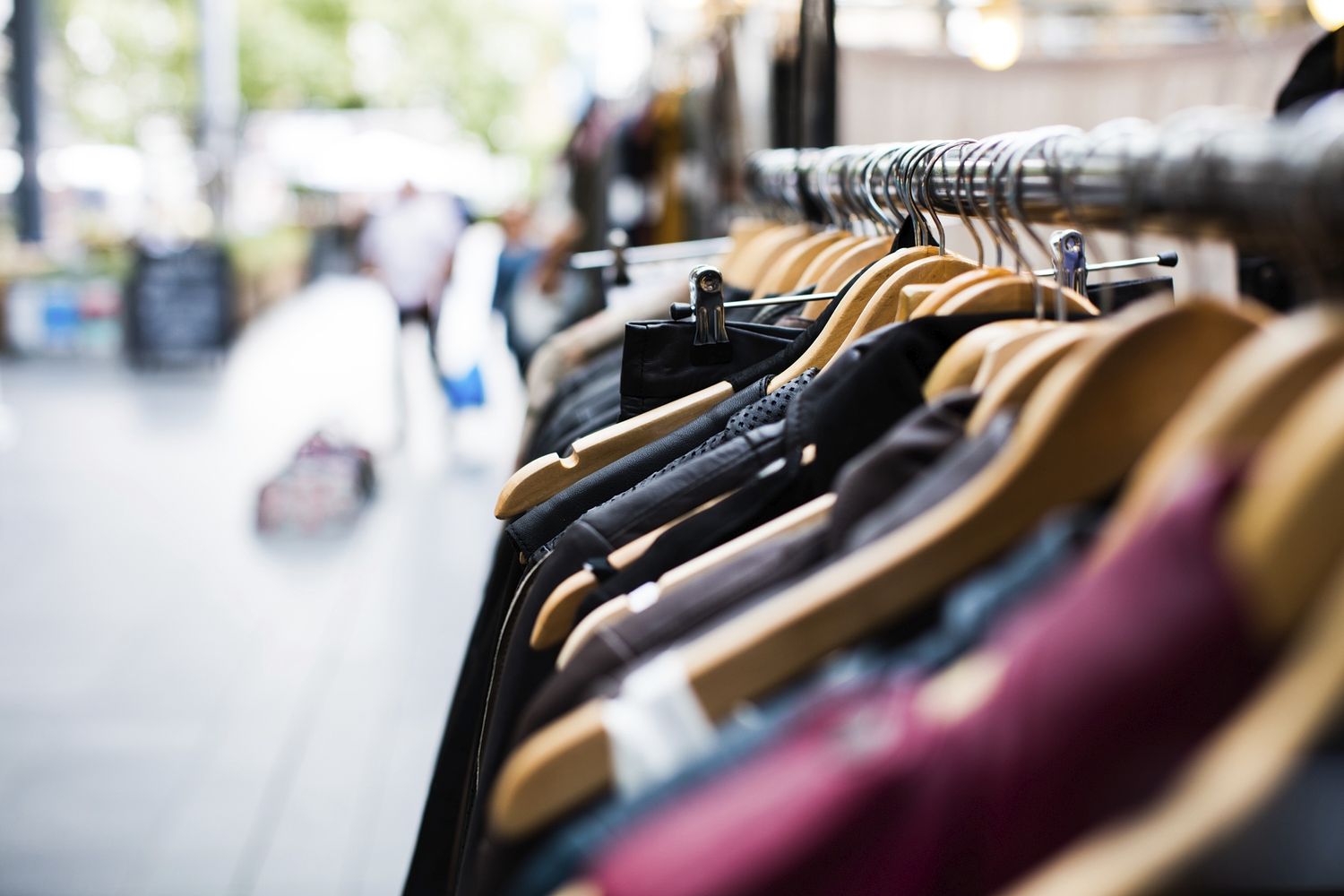

GRIT Garden to Break Ground

The Growing Resilience & Inclusiveness Together (GRIT) Garden is finally breaking ground this month!
The Garden will be located east of UCAS across the street from the Clarke Building. This collaborative effort brought together groups from across campus to create an inclusive space for the UVU community to come together in research, education, and community resilience. The Garden will grow fresh produce for the UVU Food Pantry and will provide space for academic research, campus & community education, and for the community to mindfully connect with nature.
In the month of March we will be working on removing sod at the garden site, installing irrigation, bed prep, and seed starting. Sign up to be a volunteer through the Volunteer Interest Form.
If you want to get involved or help out in a way not listed on the interest form please reach out to the UVU Greenhouse Manager Boston Swan ([email protected]).
World Wildlife Day March 3rd

World Wildlife Day is a UN holiday celebrating wild plants and animals. This year’s theme is "Recovering key species for ecosystem restoration," focusing on species at risk of extinction and their important contributions to the ecosystem. In honor of World Wildlife Day, let's learn more about some of Utah’s species of concern.
- American Pika (pictured top left): These adorable little creatures are one of the toughest species in North America, living almost exclusively in harsh alpine territories. Having adapted to a cold habitat, Pika overheat easily and are one of the species most a risk due to climate change.
- Western Bumble Bee (pictured top right):This native bee comes in a small variety of color patterns, but are always fat and fuzzy. These bees are generalist foragers, meaning they can pollinate a wide variety of flowers. The greatest risk to this once common insect is the impact of commercial bumblebee farming, particularly the introduction of what is likely a European bumble bee disease.
- Gila Monster (pictured middle left): These desert dwelling reptiles are among the world’s few venomous lizards. They are mostly black, with mottled pink or orange backs. They are the largest lizard in the United States, and can reach 22 inches long. They are at risk due to habitat loss from human use.
- Greater Sage-Grouse (pictured middle right): Living in the sagebrush steppe of the American West, this ground-dwelling bird can get up to 2 feet tall. The males have large yellow air sacks on their breasts, which they inflate to impress mates. Due to their obligate relationship to sagebrush, the grouse is at risk due to habitat loss.
- June Sucker (pictured bottom):This species of fish is only found in the Provo River and Utah Lake. They have been put at risk due to the loss of breeding ground habitat and competition with introduced species of fish such as carp. Though, thanks to conservation efforts, in 2020 the June Sucker was down listed from endangered to threatened!
Wearing Green & Being Green

This St. Patrick’s Day, wear green in more ways than one by rejecting fast fashion.
Fast fashion is a business model centered on making cheap, low-quality clothes quickly. New clothes hit the racks in stores like H&M, Zara, or Forever 21 in as little as two weeks after initial design. This constant flood of new clothes fuels a consumeristic mindset, and has huge ethical and environmental costs. 97% of garments purchased in the US are made overseas, where companies exploit their workers with low wages and dangerous working conditions. On the environmental side, a UN report showed that, as of 2018, the fashion industry was responsible for up to 10% of global greenhouse gas emissions and 20% of global wastewater.
With a problem so big, it can feel overwhelming, but you can do something about it by doing your best to avoid contributing to the problem. The best way to do this is to follow the "Buyerachy of Needs." This framework can be used to help us be mindful about our purchases instead of compulsively buying new items.
- Use what you have. The best thing to do is to not put something new in your closet. Use what you have as long as you can; learn to repair and/or modify your clothes.
- Borrow/swap. If you need a specific article of clothing, see if someone you know already has it. Ask if they’ll let you use it, or maybe you could offer them something as a clothing swap.
- Thrift. Keep unwanted clothes from ending up in a landfill, and find something stylish and cheap in the process.
- Make. Instead of buying it, try making it yourself. Repurpose or thrift the materials if you can.
- Buy. As a last resort, buy something new. If you have to buy new, prioritize purchasing from ethical and/or sustainable brands.
Events
- Fridays For Future Utah - School Strike for Climate. Every Friday, 2:30 PM - 4:30 PM, Utah State Capitol.
- UVU GRIT Garden - Garden Prep & Planting. Locations, dates, and times TBD. Sign up to volunteer here: Volunteer Interest Form.
- USU Extension - Microplastics Talk. Mar 2, 6 PM - 7:30 PM, Swaner EcoCenter.
- USU Extension - What About Potguts? Mar 15, 6 PM - 7:30 PM, Swaner EcoCenter.
- WSU - Intermountain Sustainability Summit. Mar 16 -18, Virtual.
- USU Extension - Climate Change and Utah's Ski Resorts. Mar 22, 6:30 PM - 8 PM, Swaner EcoCenter.
Job Opportunities
- Environmental, Health and Sustainability Intern. Chromalox. Ogden, UT.
- 2022 Field Logistics Technician. Utah Conservation Corps. Logan, Cedar City, or Moab, UT.
- 2022 Field Crew Leader. Utah Conservation Corps. Logan, Cedar City, or Moab, UT.
- 2022 Field Crew Member. Utah Conservation Corps. Logan, Cedar City, or Moab, UT.
- Development & Operations Assistant (Part-time). Utah Clean Energy. Salt Lake City, UT.
- Waste and Recycling Education Specialist I. Salt Lake City Corporation. Salt Lake City, UT.
- Natural Resources Technician - Seasonal. Salt Lake City Corporation. Salt Lake City, UT.
- Watershed Worker - Seasonal. Salt Lake City Corporation. Salt Lake City, UT. (closes March 6)
- Summer 2022 Dr. Norman Weissman Internship for the Preservation of Wild & Scenic Utah. Southern Utah Wilderness Alliance. Salt Lake City, UT.
- Latino Community Grassroots Organizing Internship. Southern Utah Wilderness Alliance. Salt Lake City, UT.
- Development Intern. HEAL Utah. Salt Lake City, UT.
- Communications Partner Intern. HEAL Utah. Salt Lake City, UT.
- Canyon Country Youth Corps. Canyon Country Discovery Center. Monticello, UT.
- Data Analyst/Transportation Planning Intern. Utah Department of Transportation. Taylorsville, UT. (closes March 9)
- UCC Garden Intern. EATS Park City. Park City, UT.
- UCC Education Intern. EATS Park City. Park City, UT.
Academic Opportunities
- National Wildlife Federation Graduate Student Research Fellowships.
- Call for Contributions: Higher Education Summit. (closes March 15)
- AASHE 2022: Call for Proposals. (closes March 25)
- Doyle W. Stephens Scholarship for Great Salt Lake Research. (closes March 15)
- WISA Design Competition: Designing the Flight School of the Future
- Call for Presenters: International Institute for Sustainable Laboratories Conference. (closes March 18)
- ASLE Book Awards in Ecocriticism & Environmental Creative Writing. (closes March 21)
- Call for Papers: Fostering a Culture of Sustainability through Outdoor Recreation and Education.
- US EPA: Environmental Justice Video Challenge. (closes April 1)
- US Green Chamber of Commerce University Climate Ambassadors Program.

